Do you ever wonder if technology will one day take over your job? It’s a daunting thought, especially for those who work in creative and professional fields. But with the rise of artificial intelligence (AI) and chatbots, it is becoming increasingly possible that our jobs may be replaced by machines. As an architect, have you asked yourself: “Is there a risk that Chatbots and AI will steal my job as an Architect?”
What would happen to the architect profession if robots could perform tasks faster and more cost-effectively than humans? What would be the implications for architects around the world who stand to lose their livelihoods? Are we headed towards a future where human creativity is no longer valued or needed? In this article, we discuss these questions and explore how chatbots & AI are already impacting architectural design practices.
We also look at what steps architects need to take now in order to ensure they stay ahead of the curve when it comes to technological advancements in architecture. Whether you’re just starting out as an architect or are well established in the field, understanding the potential risks posed by new technologies can help empower you make informed decisions about your career path — ensuring that your hard-earned skills remain valuable even in an AI dominated world.
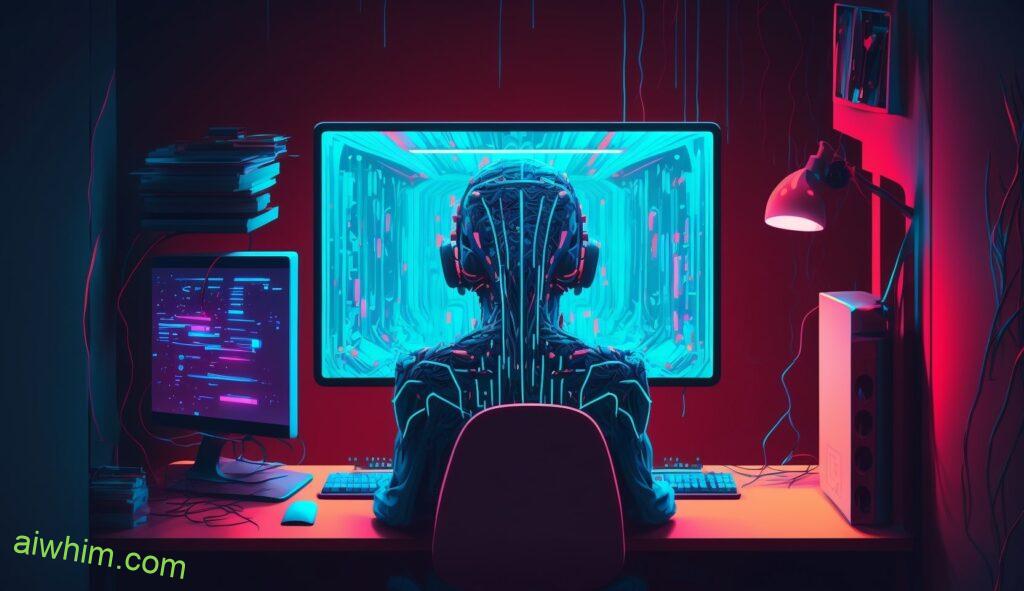
Definition Of Chatbots And AI
AI and chatbot technology have revolutionized the way businesses and creative industries operate. But what exactly are these technologies?
Chatbots are computer programs designed to simulate human conversations. They use advanced algorithms and natural language processing (NLP) techniques to understand written or spoken input and respond in kind. AI, on the other hand, refers to machine learning systems that can analyze data, recognize patterns, make decisions and take actions without requiring direct programming. It leverages advances in artificial intelligence (AI) and statistical analysis to identify important trends within large datasets that humans might miss. By combining both chatbot technology and AI, companies can provide customers with personalized experiences tailored specifically to their needs.
The implications of this powerful combination are wide-reaching; from automating customer service inquiries to automating entire processes like supply chain management. As these technologies continue to evolve, it raises the question: could they eventually replace humans in certain roles? This article will explore whether there is a risk that chatbots and AI may steal jobs from architects.

Automation In The Architecture Industry
As automation progresses in the architecture industry, there is a growing fear that chatbots and AI will steal jobs. With advancements in robotics and machine learning, more and more architects are concerned about their job security. However, it’s important to recognize that these technologies won’t replace the human touch that comes with designing buildings; they can merely enhance it.
In fact, many of today’s software tools have been designed specifically for architects – allowing them to create complex designs faster than ever before. Automation has enabled architects to spend less time on mundane tasks like drawing up plans and instead focus on other aspects of the design process such as conceptualization and problem-solving. This opens new opportunities for those who possess deeper architectural skillsets. As technology continues to evolve, so too do the roles of architects; now encompassing skills such as data science and coding which were once seen as foreign concepts in this field.
This automation revolution provides an exciting opportunity for architects to expand their skill sets while still ensuring their role remains relevant within the changing landscape of the industry. Ultimately, it empowers them with greater autonomy over how they choose to develop professionally – providing freedom long sought after by those working within this profession.
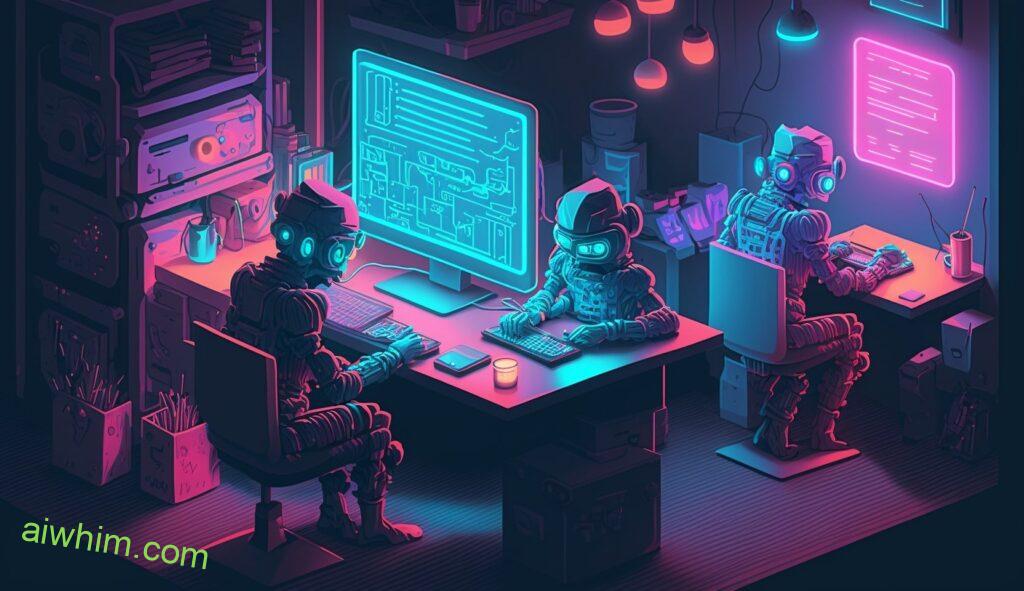
Benefits Of Artificial Intelligence
AI is like a powerful engine, propelling the world into a new age of automation. It offers many advantages and opportunities for people in all sorts of industries, including architecture. Here are some key benefits:
- AI enables more efficient and accurate decision-making through intelligent technology.
- Automation helps to reduce time spent on mundane tasks so that architects can focus their efforts on design work with greater creativity.
- Machine learning capabilities provide insights from data which allow architects to make informed decisions quickly.
The potential applications of AI in architecture are vast. From streamlining project timelines to reducing costs associated with construction, it promises an improved workflow process that gives professionals more freedom to experiment with new approaches while also improving productivity. Not only will this increase the efficiency and accuracy of architectural designs but could also lead to bigger projects being completed faster than before. This would create interesting possibilities for architects who want to explore uncharted territory without sacrificing quality or compromising safety standards. In addition, AI can enable better communication between teams working remotely by providing real-time updates about progress as well as helping to identify any risks early on. With these tools at their disposal, architects can be sure they’re always up-to-date on their projects – no matter where they are located geographically!
Challenges To Human Architects
As automation and artificial intelligence become more prevalent in the architecture industry, human architects are faced with an unprecedented set of challenges. Chatbots can provide a level of collaboration that was once only possible through manual labor from an architect. This presents a potential threat to traditional roles within the industry as humans may struggle to keep up with technological advances.
The development of AI-based software for designing buildings is another challenge that human architects must face. Automated design programs can produce complex designs without much effort on behalf of the user, which could potentially lead to fewer jobs for experienced professionals. Additionally, AI programs are able to create multiple solutions to one problem quickly and accurately, which makes them faster than their human counterparts when it comes to coming up with creative solutions or ideas during the design process.
Despite these challenges, there is still plenty of room for human participation in architectural processes such as planning and overseeing construction projects. Moreover, even if there is an increase in automation in certain areas, it is important to remember that creativity cannot be replaced by machines and will always remain a valuable asset for any profession requiring imagination and innovation; this includes architecture. With careful consideration given to both its advantages and limitations, humans can work alongside technology instead of being threatened by it – leading to greater opportunities rather than job loss.

Advantages Of Chatbots And AI
Chatbots and AI have been making their way into the workplace for some time now, offering a number of advantages to businesses. There are numerous benefits that come with incorporating these technologies into a job role, including:
- Cost savings – Automation can reduce operational costs associated with certain tasks, allowing more resources to be allocated elsewhere.
- Increased accuracy – AI systems are able to deliver higher levels of accuracy than human employees when it comes to performing repetitive or complex tasks.
- Improved customer service – Chatbots provide instant support and information to customers 24/7, increasing satisfaction levels and reducing response times significantly.
In terms of an architect’s job security, chatbots and artificial intelligence offer both pros and cons. On one hand they allow architects to focus on creative problem solving activities in lieu of mundane daily tasks such as scheduling appointments or data entry; however, there is also the risk that AI could eventually replace them completely if used for design purposes or other related functions. Fortunately this isn’t likely anytime soon since architecture requires technical mastery and creativity which still remain exclusively within the realm of humans – for now at least! With so many potential AI advantages available today such as cost savings, increased accuracy and improved customer service, it’s no wonder why businesses continue to incorporate these technologies into their operations despite any possible risks associated with them.
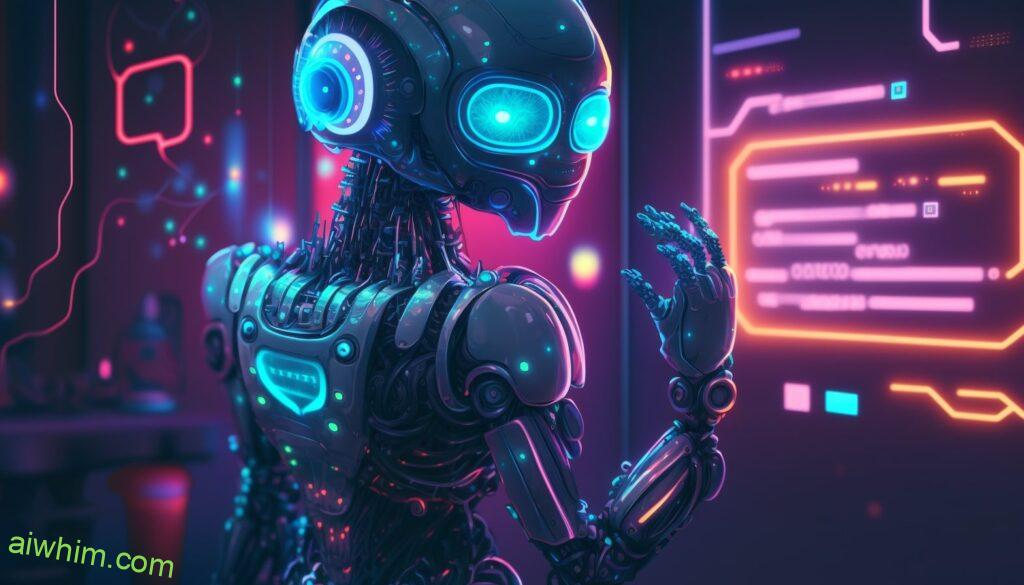
Potential Impact On Job Security For Architects
As the potential of chatbots and AI grows, it raises concerns over job security in many industries. While advancements in technology can bring countless benefits to an industry such as architecture, they may also raise questions about how much automation will impact the job market. With the rapid development of sophisticated algorithms and machine learning capabilities, it is reasonable to ask if there is a risk that chatbots and AI could steal jobs traditionally held by architects.
The answer is both yes and no. On one hand, AI and chatbot technologies are becoming increasingly advanced and capable of performing tasks at speed and accuracy beyond what humans can do. This means that some traditional roles within the architecture industry could be automated or replaced entirely with these technologies. However, on the other hand, despite their technological capacity, bots lack creativity – something which only human professionals possess in abundance – making certain facets of architectural work difficult for them to replicate successfully. Therefore, while some aspects of a role might be automatable through AI and chatbot technology, experienced architects still need to provide creative input when designing complex structures.
In short, although advances in artificial intelligence have raised serious questions regarding job security across all industries including architecture, these technologies cannot replace the unique skillset that professional architects offer; therefore preventing them from replacing people completely in this field.

How AI Is Used In The Architecture Field
AI is becoming increasingly prevalent in the field of architecture. AI-architecture applications provide a range of solutions to help reduce time, cost, and complexity during design and development processes. Here are some ways that architects can benefit from automation:
- Automation can assist with repetitive tasks such as drawing plans and measurements, allowing more time for creativity.
- AI-based tools allow architects to simulate changes quickly without having to rebuild models or drawings each time.
- Automated systems come equipped with advanced analytics which can detect flaws before they become costly mistakes down the line.
- Utilizing AI-based programs also helps streamline communication between teams working on projects simultaneously, saving valuable time and resources.
The use of AI in architecture has created an entirely new landscape for how designing buildings and cities are approached – one that offers countless possibilities not only now but also into the future! From utilizing automated technology to simplifying workflow processes, there’s no denying that AI has revolutionized the way architectural designs are created and implemented today. With its ability to speed up tedious tasks while increasing accuracy, it’s clear that AI will continue to play a major role in architecture for years to come!
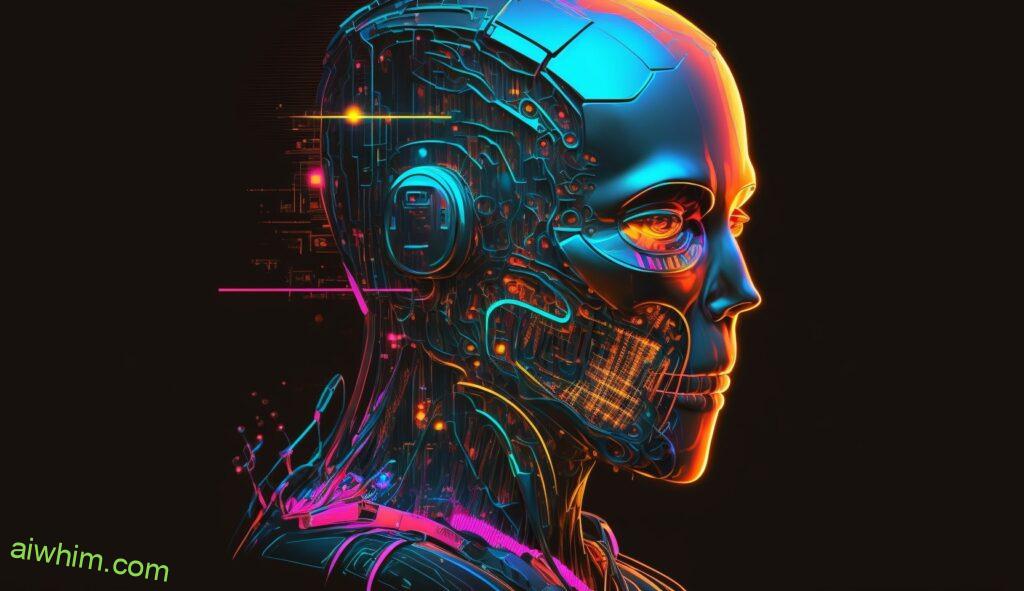
The Role Of Education And Staying Up-To-Date
When it comes to the question of whether chatbots and AI will steal jobs from architects, education will play a key role. It is important for those in the architectural profession to stay up-to-date with the latest software advancements. This means investing in continuing architectural education related to automation, as well as keeping abreast of new technologies such as AI and chatbot applications. With ongoing training and development, architects can become proficient in leveraging these tools to enhance their workflows, instead of being displaced by them.
The same goes for students studying architecture; they should be learning how to use automated processes within their projects, so that when they enter into practice they are ahead of the curve on how best to integrate technology into design. Architectural schools need to provide relevant courses which cover automation techniques like AI and chatbot utilization, so that graduates can gain confidence working alongside – rather than against – these machines. They also need access to resources which enable them to learn more about artificial intelligence and its impact on architecture. Ultimately, education is essential for the architecture industry’s professionals to remain competitive in this ever-changing landscape.
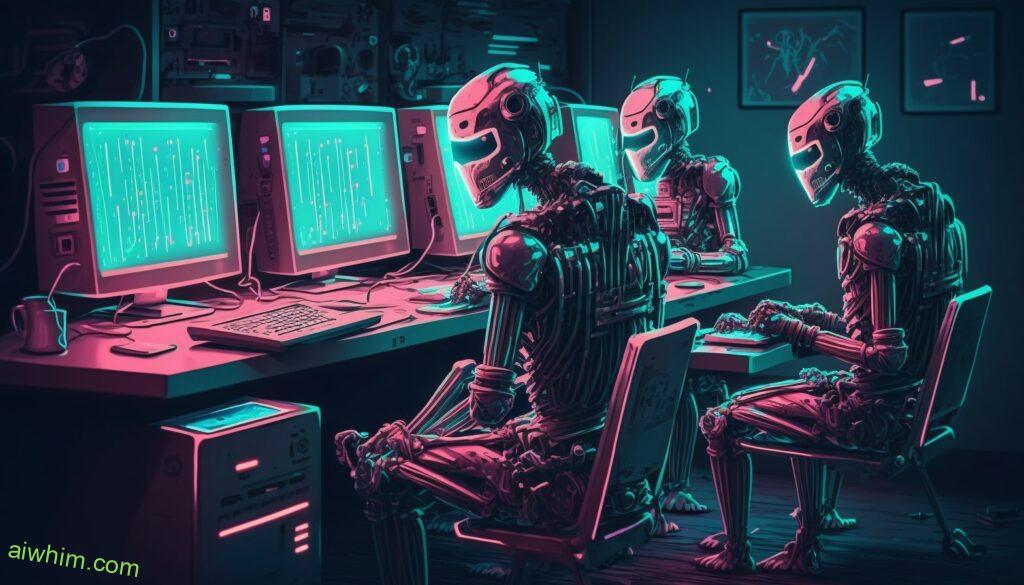
What New Skills Are Needed?
It’s a question many architects are asking as they look to the future of their profession: what new skills will be needed in order to stay competitive? With chatbots and AI becoming increasingly prevalent, it is certain that job roles within architecture must evolve. As technology advances, so too does the need for greater ai-literacy among professionals. Architects must develop new skills such as machine learning and coding basics if they want to stay ahead of the game.
Fortunately, there are several ways to upskill oneself in these areas. Technology training courses are available online or through universities and colleges, while some workplaces provide internal programs designed to help employees stay abreast of trends and advances in the field. Additionally, individuals can find resources from industry experts on sites like LinkedIn and Twitter which offer advice on how best to leverage emerging technologies into existing practices. By investing time into furthering one’s understanding of technology today, architects can ensure that their role remains relevant tomorrow.
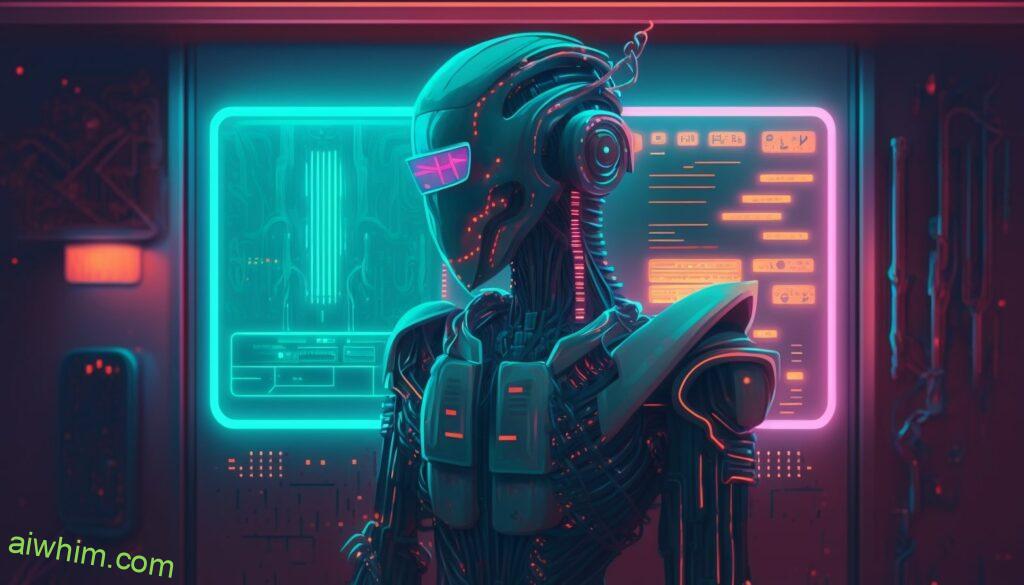
Future Outlook For Architects
The future outlook for architects looks promising, with the potential to use new technology such as AI and chatbots. Although these technologies may have an impact on current job opportunities, they could also open up more roles in the industry.
Here are some of the ways that AI and other technological advances can benefit architects:
- AI Architects: AI tools can help create better buildings faster by using data-driven designs. This means fewer mistakes and increased efficiency, saving time and money.
- Technology Impact: New technology can also make it easier to communicate ideas between clients, designers, engineers, and contractors. Collaboration is essential for successful projects and this communication will be improved through cloud-based systems.
- Job Opportunities: The demand for skilled professionals who understand how to work with cutting-edge technology is growing rapidly. Even those without a traditional architecture degree may find employment in certain areas if they possess the necessary skillset.
In order to stay ahead of the curve, architects must continue to learn new technologies while maintaining their core educational requirements like design principles and construction materials knowledge. With continuing education, they will remain competitive in a changing landscape where computer algorithms increasingly shape our built environment.

How To Stay Relevant In The Age Of Automation
As automation continues to expand its presence in the workplace, architects must take proactive steps to remain competitive. To stay ahead of the curve and protect their job security, there are several strategies that can be implemented. These automation strategies include staying up-to-date on digital transformation trends, honing existing skills and learning new ones, leveraging human-machine collaboration opportunities, and taking advantage of career advancement options.
Professionals who understand the dynamics of this ever-changing environment will be best equipped to survive potential disruptions caused by AI or chatbots. Remaining aware of the latest technological advancements is essential for success in a highly automated world. Additionally, experts recommend embracing technology while maintaining an awareness of how it may alter traditional roles within architecture. By understanding when machines perform tasks better than humans—and vice versa—architects can collaborate with machines to create solutions that enhance both productivity and creativity. Investing time into developing additional skills related to artificial intelligence (AI) such as machine learning, natural language processing (NLP), computer vision, virtual reality (VR), augmented reality (AR), robotics process automation (RPA) could also prove beneficial in advancing one’s career.
For those looking to ensure long term job security in the age of automation, being open to change, adapting quickly and strategically investing in relevant tech skills are all key components for successfully navigating this era of disruption. As we move further into this future landscape where robots coexist alongside people at work, having these tools available makes professional growth possible even amid uncertainty about what tomorrow may bring.
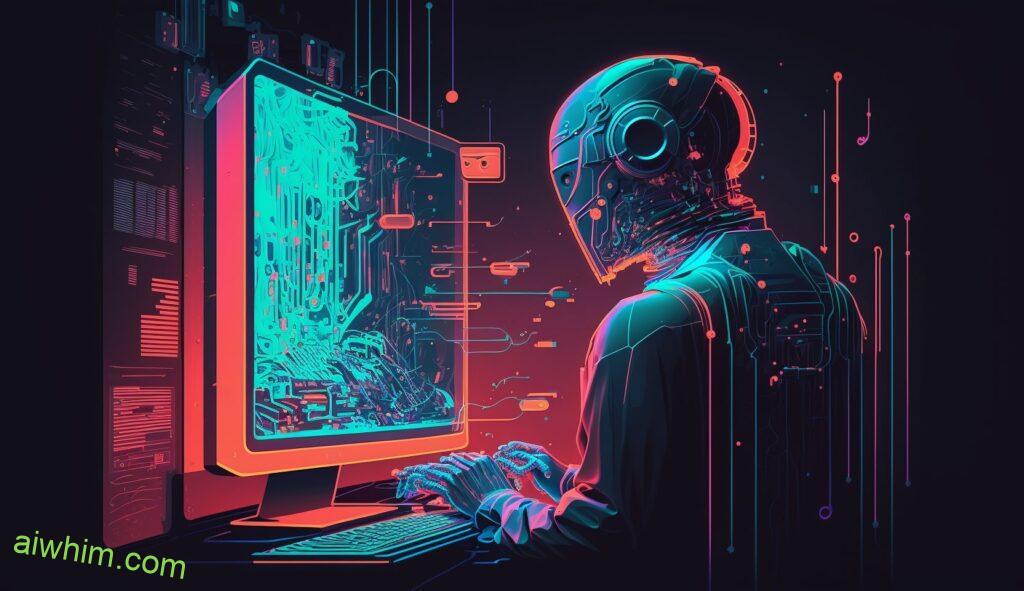
Pros And Cons Of Chatbot-Human Collaboration
The idea of chatbot-human collaboration and human-AI integration is a subject that has been discussed for decades. There are both pros and cons to this discussion, which should be considered before making any major decisions about the future.
Pros:
- Cost Savings: Automation technologies can reduce costs associated with labor, including training materials, wages, and benefits. This could free up resources in order to focus on more productive activities.
- Increased Accuracy: AI technology can help improve accuracy by reducing errors due to manual data entry or misinterpretation of instructions.
- Reduced Timeframe: With automation tools, tasks such as database management, customer service inquiries, or system updates may take less time than they would when relying solely on humans.
Cons:
- Job Losses: As automation becomes increasingly prevalent, some jobs will become obsolete or replaced by robots or machines operated by fewer people. This could result in job losses for those employed in fields like architecture where AI is used extensively.
- Fear of Technology: Many individuals fear the idea of having their work taken over by machines and robots replacing them entirely. This fear can lead to resistance from employees who may not trust new technologies and methods of working together with computers.
- Cybersecurity Risks: AI systems can be vulnerable to hacking attempts if proper precautions are not taken when implementing them into an organization’s infrastructure. These risks must be weighed against potential gains from automation before investing heavily in these technologies.
Considering these pros and cons carefully is key to deciding whether chatbot-human collaborations are right for your business needs – especially concerning something as important as architecture design and development which requires complex problem solving skills that only humans possess at the moment!
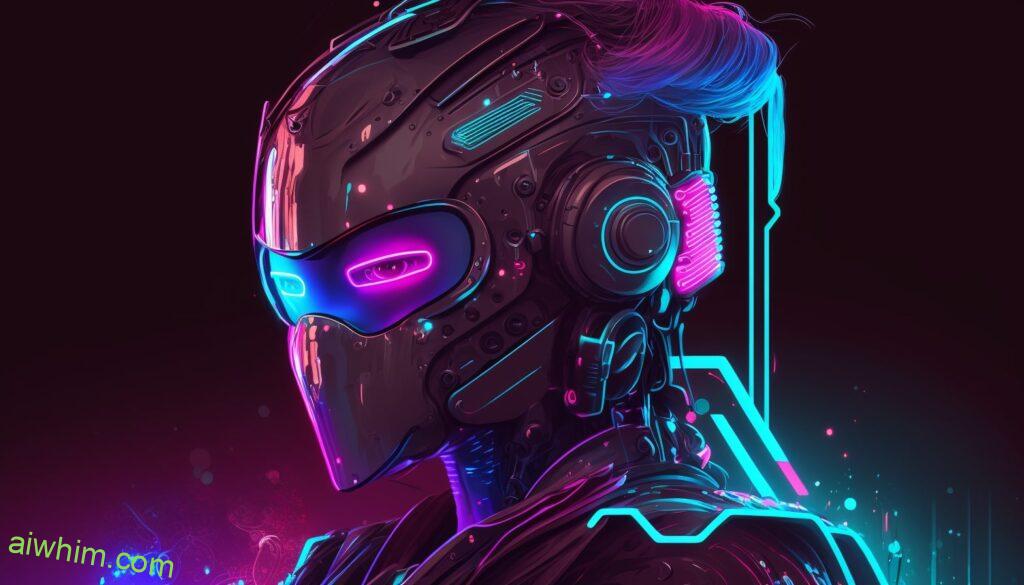
Ethical Implications Of Automation
The ethical implications of automation are rife with complexities. On one hand, the potential for job automation and AI to increase efficiency and reduce labor costs is undeniable. However, this could also result in a large-scale displacement of human workers – including architects like us. This raises serious moral concerns about the fairness of such technological advances and how they might be used by corporations or governments.
At its core, machine ethics revolves around the question: who should decide when AI or other automated systems make decisions on our behalf? In order to ensure that all stakeholders have an equal say in decision-making processes involving technology, it’s important to establish clear principles governing the use of automation. These principles must consider both economic factors as well as ethical considerations related to protecting individual rights and freedoms.
The debate over the ethical implications of automation will continue long into the future as new technologies evolve rapidly. We can only hope that any changes we make today will keep humans at the center of decision-making while still allowing us to reap the benefits of increased efficiency through AI and robotic process automation.

Humanizing The Technology
The rapid advancement of technology has placed chatbots and AI at the forefront of many people’s minds. While these technologies offer immense potential in improving efficiency and productivity, they can also be seen as a threat to human jobs. But while it may appear that robots are poised to take over our world, this is far from reality. As an architect, you should focus on creating strategies for how to best use technology without sacrificing creative thinking or emotional intelligence.
To achieve this goal, machine learning must be used together with an emphasis on user experience and digital transformation. This means designing systems that allow us to work collaboratively with machines in order to create better solutions than either could alone. We need to consider how to best integrate humans into the development process so that their creativity and imagination are matched by advances in technology and artificial intelligence. By understanding the nuances of human-machine interaction, we can develop effective ways to leverage chatbots and AI so that everyone benefits – not just robots!

Conclusion And Recommendations For Architects
The prospects of chatbots and AI taking over the role of architects can be daunting. But with a few smart strategies in place, an architect’s career is far from at risk. By implementing the right training, advice, and tips for their profession, an architect can remain confident that they are doing all they can to stay ahead of technology’s advancements.
As an architect, there are several steps you should take to ensure your success. First and foremost, it’s essential to stay up-to-date on advances within the industry as well as changes in design trends. Keeping abreast of these developments will allow you to understand how new technologies such as artificial intelligence or 3D printing may impact your work process and help you adapt accordingly. Additionally, engaging in professional development activities like workshops or seminars will give you insight into some of the latest innovations impacting architectural practices today – allowing you to make informed decisions about which ones could benefit your business most effectively.
It is also important for architects to hone their skillset by expanding outside their specific area of expertise. Developing competencies in other related fields such as computer programming or engineering can open up opportunities for more complex projects and make them even more valuable assets for any team. Finally, networking is another key component for success – connecting with fellow professionals provides great benefits including knowledge sharing, collaboration possibilities and job leads that would otherwise not be available.
Architects must recognize that although technology has drastically changed our world – human creativity remains vital when tackling complicated problems and developing unique solutions; something machines cannot replace anytime soon! Therefore it’s crucial that they embrace new tools while remaining vigilant against potential threats posed by strong technological progressions. With thoughtful ambition and strategic planning infused into every step taken along their journey, any architect can confidently secure a productive future in this ever-evolving landscape.
Author: Ole Paulson
Author Bio: I’m Ole and on this website, I share everything there is to know about Artificial Intelligence, and useful tips for using AI to our advantage. I have a background in data science and research and have been following the AI-space for years. You can read more about me in the “About” page.







